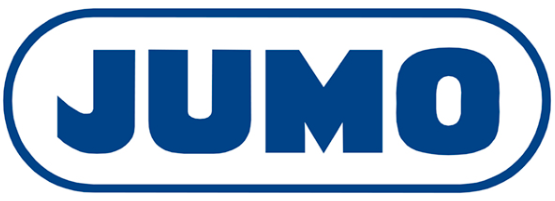-
OVERVIEW
Measure Chlorine Dioxide and Ozone with accuracy
These membrane-covered, amperometric sensors are used to measure the concentration of chlorine dioxide or ozone in aqueous solutions.
The sensor for chlorine dioxide can be used to measure chlorine dioxide from chlorite/chlorine and chlorite/hydrochloric acid plants. The sensor for ozone can be used to measure electrolytically generated ozone among other things.
The sensors are not suitable for detecting the absence of chlorine dioxide or ozone. Depending on the type, the electronics integrated in the sensors provide an analog, temperature-compensated current signal (4 to 20 mA) or a digital Modbus RTU output signal.
The sensors can be connected directly to indicating devices/transmitters/controllers. They supply the sensors with voltage and allow for easy calibration of the measuring system.
Special Features
- 2-electrodes principle
- Easy calibration
- Integrated temperature compensation
- Proven measuring system
- Electrical connection analog or digital
Areas of Application
Measurement in…
- Drinking water
- Swimming pool water
- Service water
- Process water
- Cooling water
-
SPECIFICATIONS
Measuring Range Chlorine dioxide: max. 0.05 to 10 mg/l (analog); max. 0.05 to 20 mg/l (digital); ozone: max. 0.05 to 20 mg/l (analog); max. 0.05 to 10 mg/l (digital) Measuring Principle Membrane-covered, amperometric two-electrode system with integrated electronic components Inflow Speed Approx. 15 cm/s Response Time t90 Approx. 15 s Operating Temperature 0 to 45 °C Settling Time Chlorine dioxide: approx. 1 hr for initial startup; ozone: approx. 2 hrs for initial startup pH Value Area of Application Chlorine dioxide: pH 1 to pH 11; ozone: pH 2 to pH 11 Application Areas Drinking water, swimming pool water, service water, and process water
Jumo tecLine ClO2 and O3 – Chlorine Dioxide and Ozone Sensor
$0.00 ex GST
These membrane-covered amperometric sensors measure the concentration of chlorine dioxide or ozone in aqueous solutions (e.g. drinking water, swimming pool water, service water, process water, and cooling water). The sensors can be connected directly to a suitable indicating or control device.
